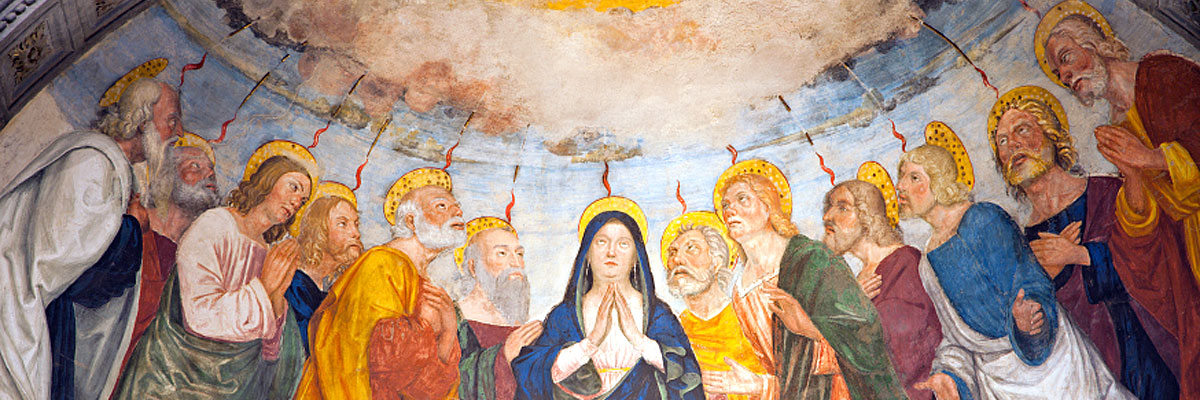
Understanding Our Church
A Treasury of Arkansas Writers Discussing the Catholic Faith
Official Website of the
Catholic Diocese of Little Rock
Novenas: Nine-day faith journeys remind us on loss, preparation
Published: August 24, 2002
By Betsy Wiederkehr Huss
Have you ever said a “novena?” Maybe as a child in parochial school, or attending Mass on nine consecutive first Fridays, or maybe you prayed one recently? These devotions of mourning, of yearning, of prayer, of hope are a part of our Church’s tradition.
Within the past year since Sept. 11, 2001, we Catholics have been given many opportunities to pray special novenas for healing, peace and justice. And now, with the “Nine Days to 9/11: Looking Back and Moving Forward” resources (www.usccb.org/publishing/9-11) to help us commemorate the first anniversary of these terrorist attacks, we might want to join our hearts and prayers with other people on this nine-day journey.
“Novena” comes from the word novem, which means nine. In our Roman Catholic faith, the private or public devotional prayer, which is repeated in sequence nine times for special graces or intentions, is called a “novena.” Often, the ninth and final day of a novena is one of joy and hope with a feast. There are four types of novenas: novenas of mourning, of preparation, of prayer and indulgence. A novena of mourning could have been adapted from the Greeks and Romans who had a practice of nine days of mourning after someone died or was buried, followed by a feast.
Parentalia novendialia was a yearly celebration by the Romans commemorating all the departed members of their families. It ended with a joyful banquet on the ninth day. In the Middle Ages, nine days of mourning with a daily Mass was traditional for cardinals and popes. Later, this novena of Masses was reserved for pontiffs and came to be called the Pope’s Novena. Though these novenas of mourning are no longer in common use, they are not forbidden.
The novena of preparation, found in the early Middle Ages, seems to be inspired by the nine months Jesus was in Mary’s womb. At the same time, the novena of prayers was taking form among the faithful who turned to the saints with their needs, particularly to regain health. And, in the 19th century, the Church formally approved various novenas as indulgence for the whole Church, not just granted for a few people on special occasions as in the past.
On Nov. 9, 2001, the United States Conference of Catholic Bishops (USCCB) published the Novena for the 11th Day. An October visit to the crash site in New York City inspired this novena which helps us remember in prayer the people who died in all four crashes on Sept. 11, 2001. This “Novena for Healing and Peace” can be prayed on the 11th day of each month for nine months either individually or communally in parish celebrations.
Nine Days to 9/11 (Sept. 3-11, 2002) uses the nine-day framework of a novena to help us prepare for and celebrate this first anniversary. It borrows the ideas of prayer, fasting, teaching, dialogue, witness, service, solidarity and hope from the Nov. 14, 2001, U.S. bishops’ pastoral message: “Living With Faith and Hope After September 11.” The suggestion is also made to pray the “Novena for Justice and Peace” during these nine days.
Novenas today can contain Scripture readings, songs, petitions, responses, reflections, traditional prayers or even a recent prayer by Pope John Paul II. But whether a novena is from our past or present, the qualities of confidence and perseverance help make it an efficacious prayer. Nine-day faith journeys can be hard but worth it. Take one today.



